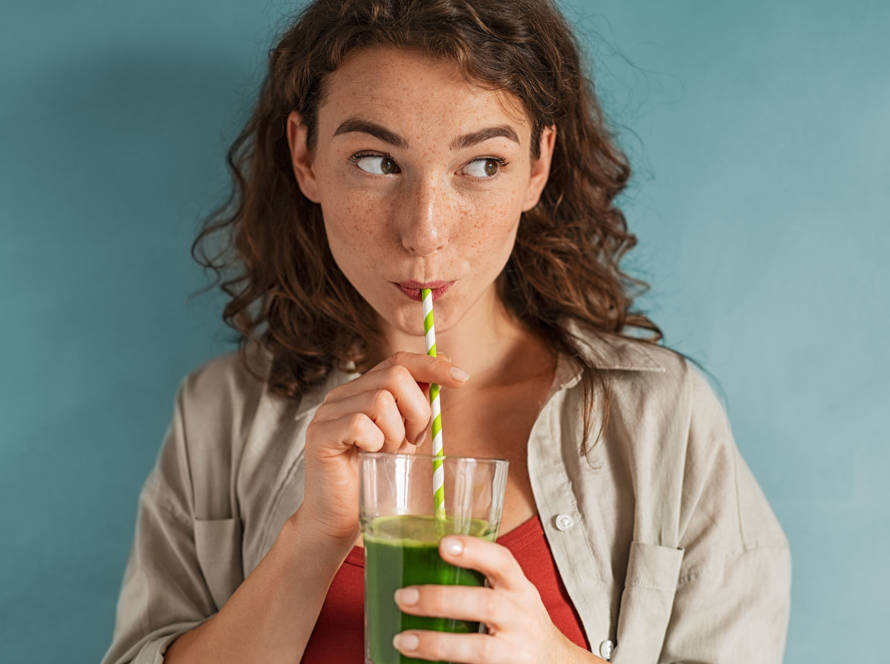In 2022, perhaps everyone already knows that plastics greatly impact our environment. And certainly not in a positive sense. We hope that you also participate in reducing plastic products and use more environmentally friendly variants in stores, e.g., paper straws, cloth bags, nets for fruits and vegetables, or other materials that are more friendly to our nature.
Environmental impact of plastics
Plastics are all around us. They are also present in the form of small particles in water, air, and soil. Let's see how plastics affect our environment and what problems they can cause.
Impact of plastics on marine animals
When it comes to the impact of plastics on the environment, a hundred disturbing images and videos circulating on the Internet surely come to mind. Every year, more than 8 million tons of plastic leave the land and end up in the oceans. It reaches the oceans from the beach, by boat, or through rivers. Experts are even predicting alarming facts that by 2050, plastics in the oceans will weigh more than the total amount of fish.
What exactly does that mean? We cannot forget that we do not live alone on this planet. The seas and oceans are home to thousands of rare marine animals paying for our human ignorance with their lives. The waste at sea is like a repetitive cycle. What we throw away eventually comes back to us anyway. Sea turtles, birds, and fish confuse plastics with food. Since people love seafood and order these favorite delicacies in seaside destinations, plastic can easily appear on our plates too.
In addition to dying from plastic poisoning, animals often become trapped in shopping bags or other packaging, which can cause injuries. If you still don't believe it, watch Youtube videos of how biologists remove a plastic straw from the nose of a sea turtle. Every year, 100,000 animals die at sea because of plastics.
Impact of plastics on humans
The plastics contain chemicals such as bisphenol or phthalates that enter the human body. Not to mention the number of harmful microplastics. Bisphenol belongs to hard plastics - polycarbonates, which are used to produce bottles or food containers. This chemical has been detected, e.g., in groundwater, surface water, or sewage. Most bisphenol-containing plastics are not even recycled and end up in landfills. It is unknown to what extent these substances can be harmful to us. They are not found in all the plastics, but we should definitely be careful, for example, about heating our food in plastic containers. It is by heating that harmful substances are released. Instead of plastic packaging, use glass one instead.
Impact of plastics on soil
Plastics also release harmful chemicals into the soil. Those remain in the upper layers of the ground and have a negative effect on soil microbes and fruits that grow in the fields. Fertilizers, compost or sewage sludge, and residues of agricultural mulching foils contain a large number of plastic particles. Through them, microplastics can get into the soil. For example, through 1 kg of sewage sludge, up to 300,000 plastic particles penetrate the soil.
Microplastic threat
The biggest problem with plastics is that they cannot decompose like paper or food. It never breaks down completely because small particles called microplastics remain. They are invisible to the human eye but can be found in oceans, food, beverages, water, and clothing. Try looking in your closet. How many pieces of your clothes contain a certain proportion of acrylic, nylon, polyester, and other synthetic fibers? Plastic microparticles from clothing can cause eczema or allergies in some people.
Decomposition of plastics can take from 20 to 500 years. For example, one plastic bag lasts 20 years, a plastic straw 200, and a plastic bottle up to 450 years. So let's keep in mind that one ordinary bottle of Coca-Cola we just throw away, will travel around the world long after we are no longer here.
Plastic recycling
Recycling is the best way to dispose of waste. The problem with recycling plastics is that they come in different forms and not all of them are recyclable. The reason is also the high price and difficulty of recycling. Only 9% of plastic waste can be reused, and plastic mostly ends up in landfills, incinerators, forests, rivers, seas or on beaches. When burning plastics, emissions and greenhouse gases are released into the air, so this is just another way we pollute the planet. The problem of difficult plastic recycling will only be solved if plastics are produced in such a way that they can be recycled more easily.
Slovakia also recently started a backup system for plastic bottles, which helps in efficient recycling. We will pay extra for plastic bottles or cans, but we will get the money back after returning the empty bottle to the store.
Plastic materials that appeared most often on beaches and in the oceans were plastic straws, scoops, spoons or cotton buds. At INIPEX, we offer our customers ecological compostable paper straws of high quality, which will not get wet in water within a few minutes.


